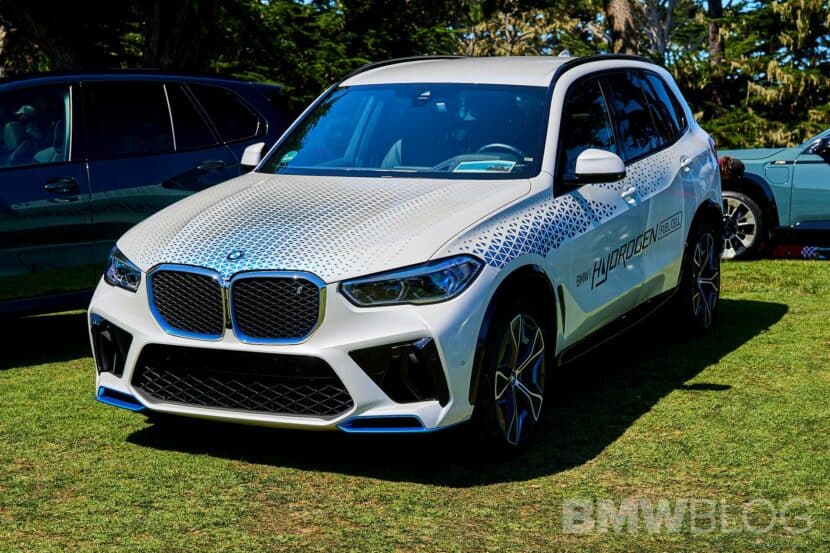BMW was one of the first automakers to experiment with hydrogen, beginning in the late 1970s. It all started with a 5 Series (E12), developed in collaboration with the German Aerospace Research Institute. The 520h retained a combustion engine adapted to run on both gasoline and hydrogen. Subsequent prototypes also burned gasoline. There was a 7 Series (E23) in 1980, another 7er (E32) in 1988, followed by the better-known 750hL (E38) in 2000, powered by a mighty V12.
The V12-powered Hydrogen 7 (E65) is the most recognizable BMW hydrogen car, although the H2H Record Car also garnered attention with its twelve-cylinder engine. However, it has been a long time since the German luxury automaker moved away from hydrogen-powered combustion engines, shifting focus instead to fuel cells. Why the change?
Juergen Guldner, General Program Manager of Hydrogen Technology, explained BMW’s focus on fuel cell hydrogen to Driving Hydrogen magazine. He cited packaging constraints, noting that a combustion engine occupies significant space under the hood: “Given limited space in passenger vehicles, this makes fuel cells the sensible choice [compared to ICE].” While he acknowledged that a combustion engine might make more sense in a truck, he emphasized that fuel cells are the preferred solution for cars.

Efficiency also played a significant role in the decision. BMW abandoned hydrogen combustion engines because fuel cells offer “about two-thirds more range compared to combustion.” Refueling times are comparable, with Guldner stating the entire process takes just 3–4 minutes.
Interestingly, Guldner did not entirely dismiss the idea of a high-performance M hydrogen car with a combustion engine. While engineers are not currently developing such a powertrain, it remains a possibility: “We’ll see what the future holds.”
But why is BMW pursuing a hydrogen car at all? Scheduled for a 2028 launch, the upcoming model is widely expected to be the iX5, based on the next-generation X5 (G65) that is set to arrive next year. Guldner argues that battery-powered EVs are not suitable for everyone, mainly due to the underdeveloped charging infrastructure.
A hydrogen vehicle also uses fewer rare earth elements compared to a conventional electric car, reducing environmental strain. The mass adoption of battery EVs will drive up demand for lithium and cobalt, whereas fuel cells are less resource-intensive.
BMW is confident that its 2028 hydrogen vehicle, developed in partnership with Toyota, will be as safe as any model in its lineup. Guldner also claims hydrogen refueling is “simpler and cleaner than filling up with petrol,” offering another clear advantage.
That said, the company’s first hydrogen model is unlikely to be available globally. As of 2024, there were only just over 1,000 refueling stations worldwide. The iX5 will likely be sold in California, where Toyota has offered the Mirai for years, albeit with limited success.
Despite the infrastructure challenges, BMW believes “the timing is right.”
Source: Driving Hydrogen

